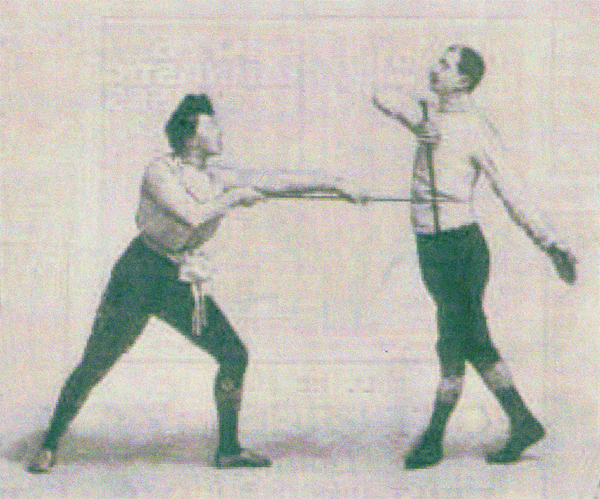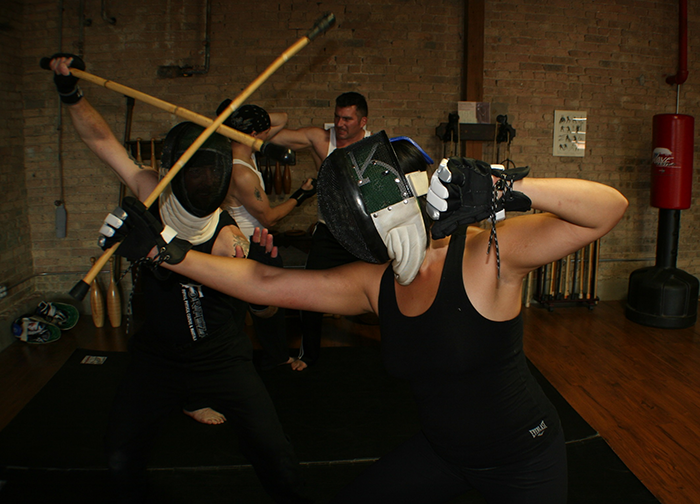- Originally published on the Bartitsu.org site on Tuesday, 18th September 2018
This anonymous letter to the editor of the St. James’s Gazette was originally published on March 9th, 1905. The author’s objection to submission wrestling on moral and nationalistic grounds was fairly common during this period, and indeed had originally been levelled against E.W. Barton-Wright, circa 1900. Barton-Wright’s displays of Japanese unarmed combat had been decried by some critics as being “un-English” and “comprised of absolute fouls“.
Via his lectures and comments offered in Bartitsu displays, Barton-Wright replied that the object of testing the Japanese style via sport was to train for actual self-defence, wherein the traditional conventions of English sportsmanship were moot.
Much the same objection had been made against English-style boxing in Japan, where traditional sentiment was set against the idea of striking another person in the face – and, particularly, of drawing blood from their nose – for the purpose of sport.
Sir, —Jujitsu seems to be the fashionable graven image of the moment before which the whole athletic world is bowing down. English wrestling is abasing itself before this foreign god nightly at the Lyceum Theatre, where the best of our English wrestlers are being used for dusting scenery and wiping the floor.
Is it, or is it not, a fact, that all the holds and tricks which the Ju-jitsu experts beat our wrestlers, and compel them to hammer the floor in agonised token of defeat, should properly be called “fouls”? English wrestling knows nothing of these tricks; but it is not hard to imagine that English wrestlers could invent a few that would have the same effect on Japanese wrestlers as Ju-jitsu has on English experts. The Jap gets a twist on the Englishman’s arm of a sort that gives intense pain, and would result in a fracture if the victim did not at once give in.
Why not invent an English art of Ju-jitsu which might include such holds as, say, seizing the opponent’s car in the teeth, or thrusting the fist in his mouth and retaining it there; sitting firmly in the face; pressing tightly on the wind-pipe with the knee? A little imagination will supply no end of victory-compelling holds. I don’t know, but a sort of patriotic pride makes me wonder how the Ju-jitsu experts would shine in a wrestling contest according to English rules—all fouls, English or foreign, barred.
The anonymous writer would not have to wait long for his answer to that question, as some Japanese fighters, notably including Yukio Tani and Taro Miyake did, in fact, compete successfully in English-style matches, most especially in the catch-as-catch-can style.



































